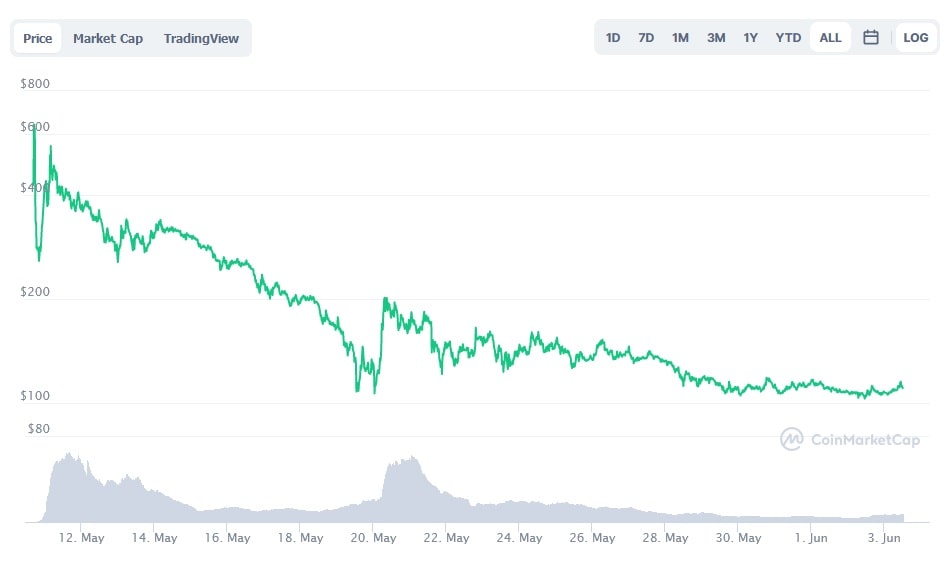
(See Assessment tools for patients with neurologic injuries. Pupillary changes can occur at ICP as low as 18 mm Hg herniation, at ICP as low as 20 to 25 mm Hg.

The consensus recommendation is to treat ICP above 20 mm Hg. Not only does it reveal how the patient responds to routine activities, such as turning, bathing, and suctioning it also promotes early interventions to treat rising ICP before it climbs dangerously high. Some continues over several hours to days, so early recognition and treatment are crucial for optimizing patient outcome.Ĭontinuous ICP monitoring allows early identification of increased ICP. We now know that not all the neurologic damage from TBI occurs at the time of injury. Patients should receive seizure prophylaxis within the first week after TBI however, early posttraumatic seizures aren’t associated with worse outcomes. increased neuronal oxygen consumption from pain, anxiety, agitation, fever, and shivering (which increase metabolic demand).Causes of increased ICPĪll nurses need to be able to identify the factors that can increase ICP, which include: Space-occupying conditions like tumors, infection, and edema compromise brain tissue when they expand, causing brain structures to alter shape, which can obstruct flow of CSF and blood. The sum of the volumes of brain tissue, CSF, and intracranial blood is constant if one increases, one or both of the other two must decrease. The cranial vault is a fixed structure, so it can’t enlarge when its contents expand.

TBI commonly leads to elevated intracranial pressure (ICP), which can have catastrophic consequences. ICP reflects the pressure of the cranial contents-cerebrospinalfluid (CSF), brain tissue, and blood. It contributes to about 30% of all injuryrelated deaths and accounts for about 2.5 million emergency department (ED) visits annually. Although most TBIs cause only mild effects, roughly 290,000 patients are hospitalized for TBI annually of those, about 51,000 die. However, over the past 3 decades, the overall mortality rate has declined from nearly 50% to approximately 25%. TBI occurs in all age groups, and its incidence is increasing. Some people recover completely with no cognitive deficits others remain in a persistent vegetative state.


Traumatic brain injury (TBI) refers to blunt or penetrating head injury that disrupts normal brain functioning, causing impaired thinking and memory, personality changes, and possible sensory and motor changes.


 0 kommentar(er)
0 kommentar(er)
